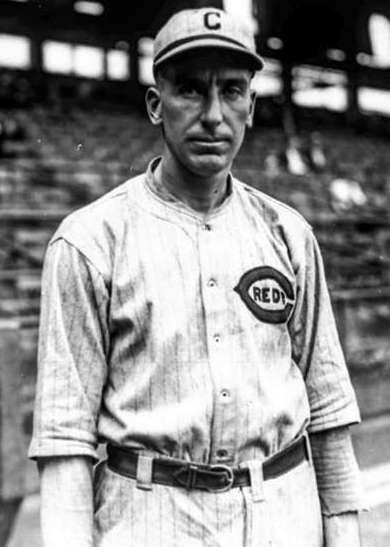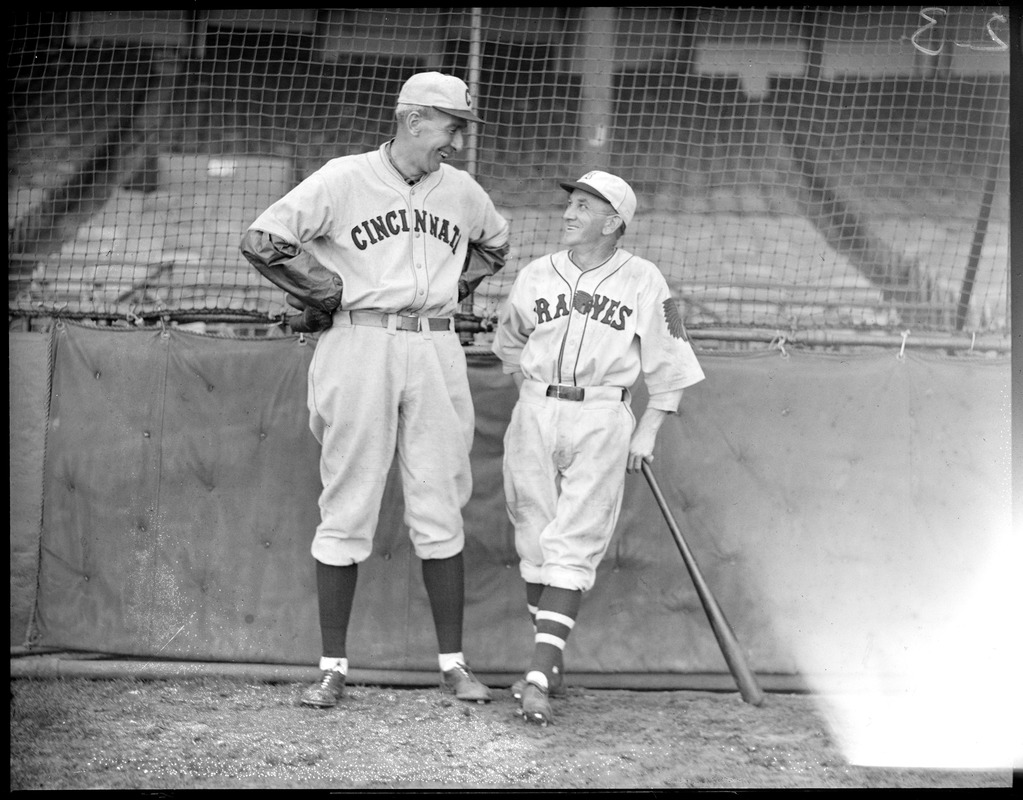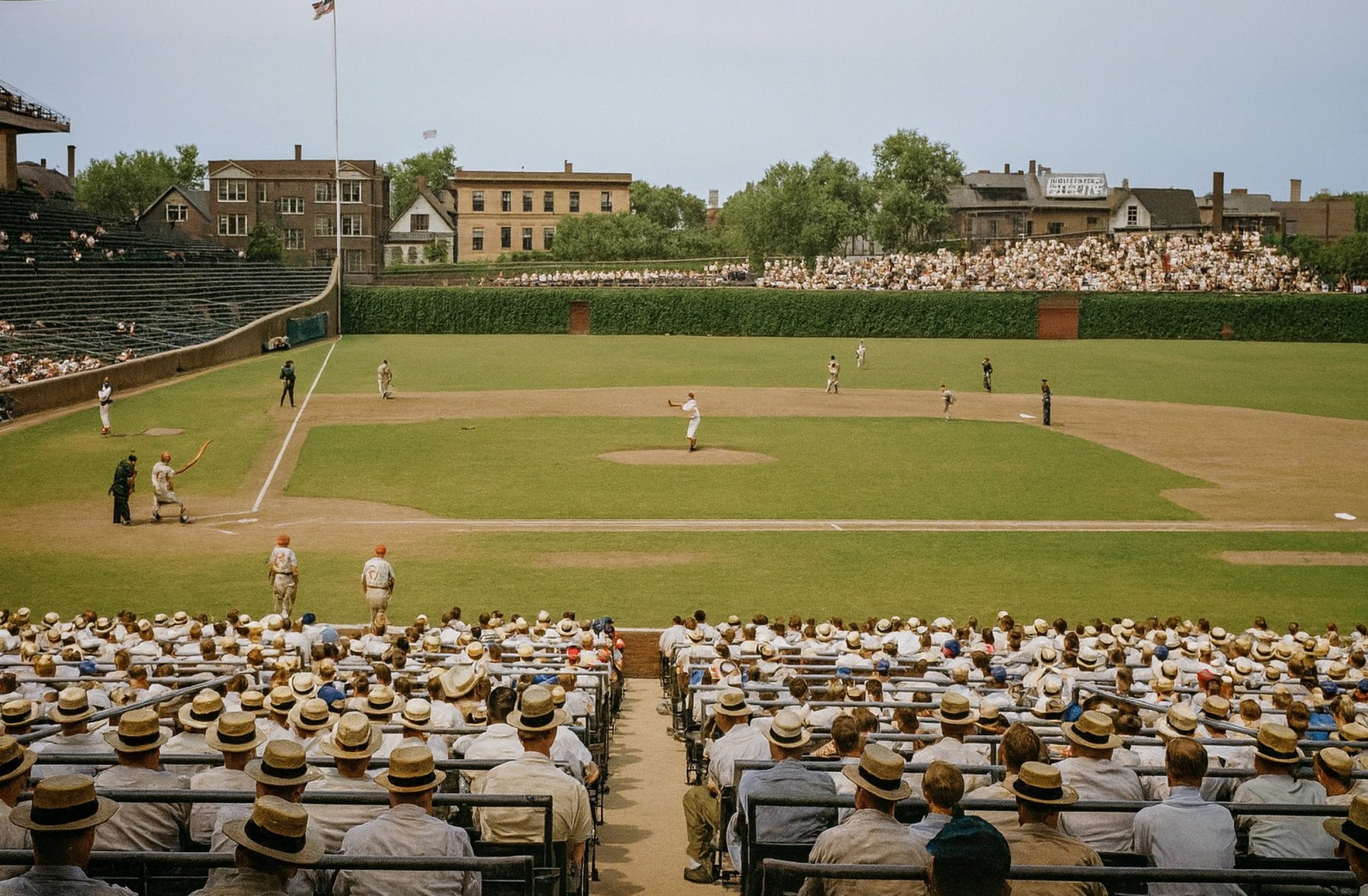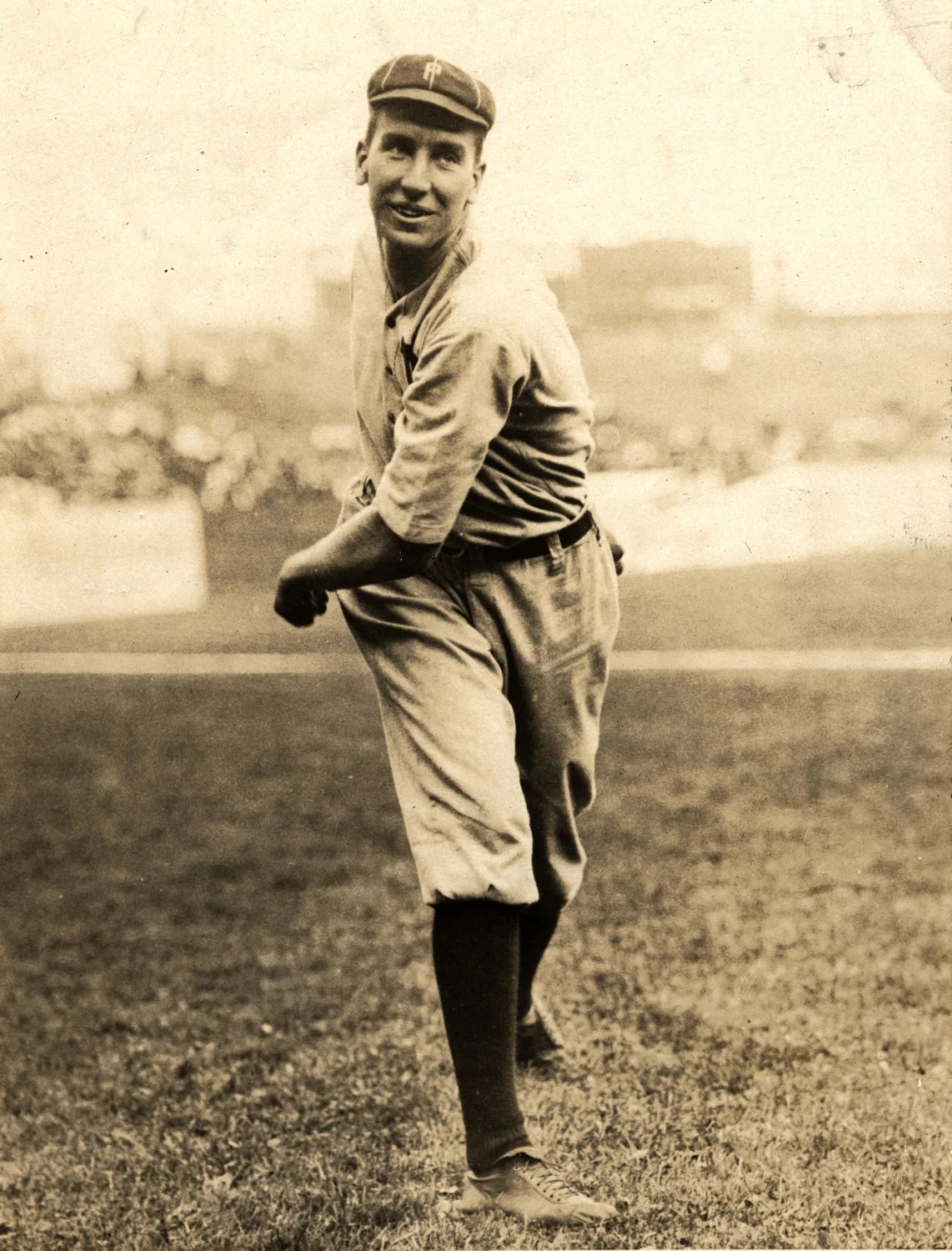Panoramic Photo Above:
Wrigley Field, Chicago

Baseball History Comes Alive Now Ranked As a Top Five Website by Feedspot Among All Baseball History Websites and Blogs!
(Check out Feedspot's list of the Top 35 Baseball History websites and blogs)
Guest Submissions from Our Readers Always Welcome! Click for details
Visit the Baseball History Comes Alive Home Page
Subscribe to Baseball History Comes Alive
Free Bonus for Subscribing:
Gary’s Handy Dandy World Series Reference Guide
It seems like a contradiction to say that a Hall of Famer is a forgotten star, but I think the term applies in the case of Eppa Rixley. I’d venture to guess that the vast majority of baseball fans have never heard of him. And does he belong in the Hall of Fame? Mike Janacek returns today with a detailed and interesting look into his career. Decide for yourself the answer to the question. -GL
Another Edition of Baseball’s Forgotten Stars!
Eppa Rixey Jr.
(May 3,1891-February 28,1963)
“Eppa was just great. He was great as a pitcher, fielder, and competitor. I look on him as the most outstanding player I came in contact with in my entire career.” -Bubbles Hargrave, Catcher, Cincinnati Reds.1
Yes, his name was Eppa, and he played 21 seasons in Major League Baseball for the Philadelphia Phillies and the Cincinnati Reds from 1912 to 1933. Born in Culpeper, Virginia, he grew up in Charlottesville. His family was considered well-to-do, his father was a banker, one uncle had been a congressman, and another had served as the Surgeon General of the United States Navy. Rixey attended classes at the University of Virginia, playing baseball and basketball.

At six feet five inches tall and weighing 210 lbs, Rixey was a big man and an intimidating presence on the mound, becoming one of the most feared pitchers in the League. He was also an oddity in that he came from a well-off family and had a college education, which was rare in that era. He wrote poetry and had a master’s degree in chemistry and Latin. During the off-season, he taught Latin at a high school in Virginia. As a result, early in his career, he was subjected to considerable hazing from his teammates.
Cy Rigler was a National League umpire, and upon his retirement, he assisted in laying out the ballpark at the University of Virginia and also served as an assistant coach. He discovered Rixey and signed him to a contract with the Philadelphia Phillies. Initially, Rixey declined, saying he wanted to finish school and become a chemist. Rixey finally agreed, as his family was in financial need. As a result of this signing, Major League Baseball issued a ruling barring umpires from acting as scouts and signing players.
Making the jump directly to the Phillies, Rixey played no minor League ball. As a Phillie, Rixey’s career was an up-and-down affair marked by inconsistency. In his first year, he went 10-10 with an ERA of 2.50 but did come to the attention of Cubs manager Johny Evers, who offered to buy Rixey from the Phillies, who declined. Rixey had a breakout season in 1916, going 22-10 with an ERA of 1.85. Then, in 1917, he led the League in losses with 21 despite a very respectable ERA of 2.27. Rixey spent 1918 in the Chemical Warfare Division of the US Army, returning in 1919 and struggling to a 6-12 record, then losing a league-leading 22 games in 1920. On November 20, 1920, the Cincinnati Reds acquired Rixey in a trade. Over eight seasons with Philadelphia, Rixey had a record of 87-103.

A new start in Cincinnati saw Rixey win 19 games, giving up only one home run. In 1922, he led the League in wins with 25 and innings pitched. In the next three seasons, he won 20, 15, and 21 games, but he also lost 40 games. His last good season was in 1928, when he was 19-18 with an ERA of 3.43. Over the next four seasons, from 1929 to 1932, he had losing seasons. In 1934, he appeared in only 16 games, finishing with a 6-3 record. He retired after the season ended, stating that his reason for retiring was that his manager was not giving him enough work. Over his 21-year career, eight with the Phillies and 13 with the Reds, he finished with a win total of 266, setting a record for left-handed pitchers that would stand until Warren Spahn broke it 26 years later in 1959. Unfortunately, he also holds the record for most losses by a lefty with 251. He appeared in 692 games, starting 554, of which he completed 290 with 37 shutouts. His WAR was 57.3.
Eppa Rixey was inducted into the Cincinnati Reds Hall of Fame in 1958 and the Baseball Hall of Fame in Cooperstown in 1963. One month after his election to the Hall, Rixey had a heart attack and passed away. He is the winningest left-handed pitcher in the history of the Cincinnati Reds franchise.
Mike Janacek
1 “Signing Habits and Autograph Analysis of Hall of Fame Pitcher Eppa Jeptha Rixey, Jr.” Collectors Universe Staff, April 13, 2004.
Sources:
Sabr.org. Eppa Rixey. Jan Finkel.
“Eppa Rixey”. Baseball-Reference.com.
We’d love to hear what you think about this or any other related baseball history topic…please leave comments below.
Subscribe to Baseball History Comes Alive. FREE BONUS for subscribing: Gary’s Handy Dandy World Series Reference Guide.



Nice article! His photo looks very uncomfortable with his left leg well back of his right leg and left arm. Why would he pose that way?
Seems to me borderline for the Hall, more a longevity thing. And which is it–was his family well off, or in financial need?